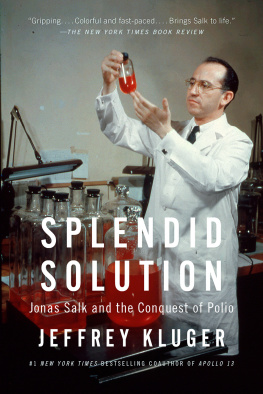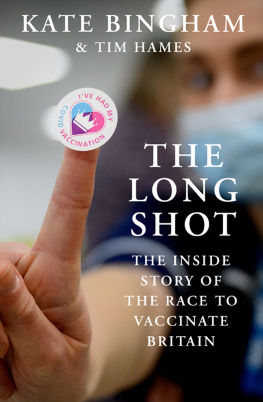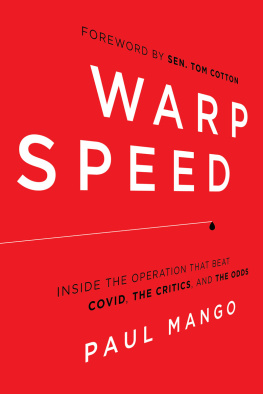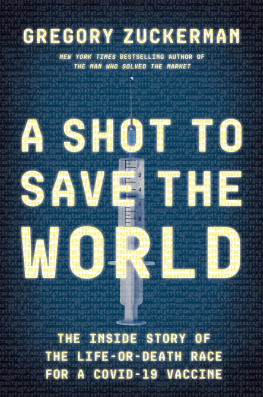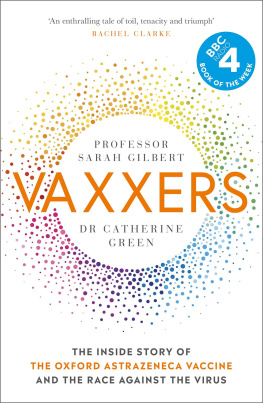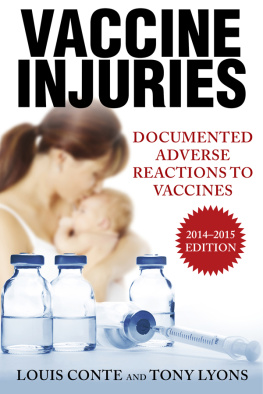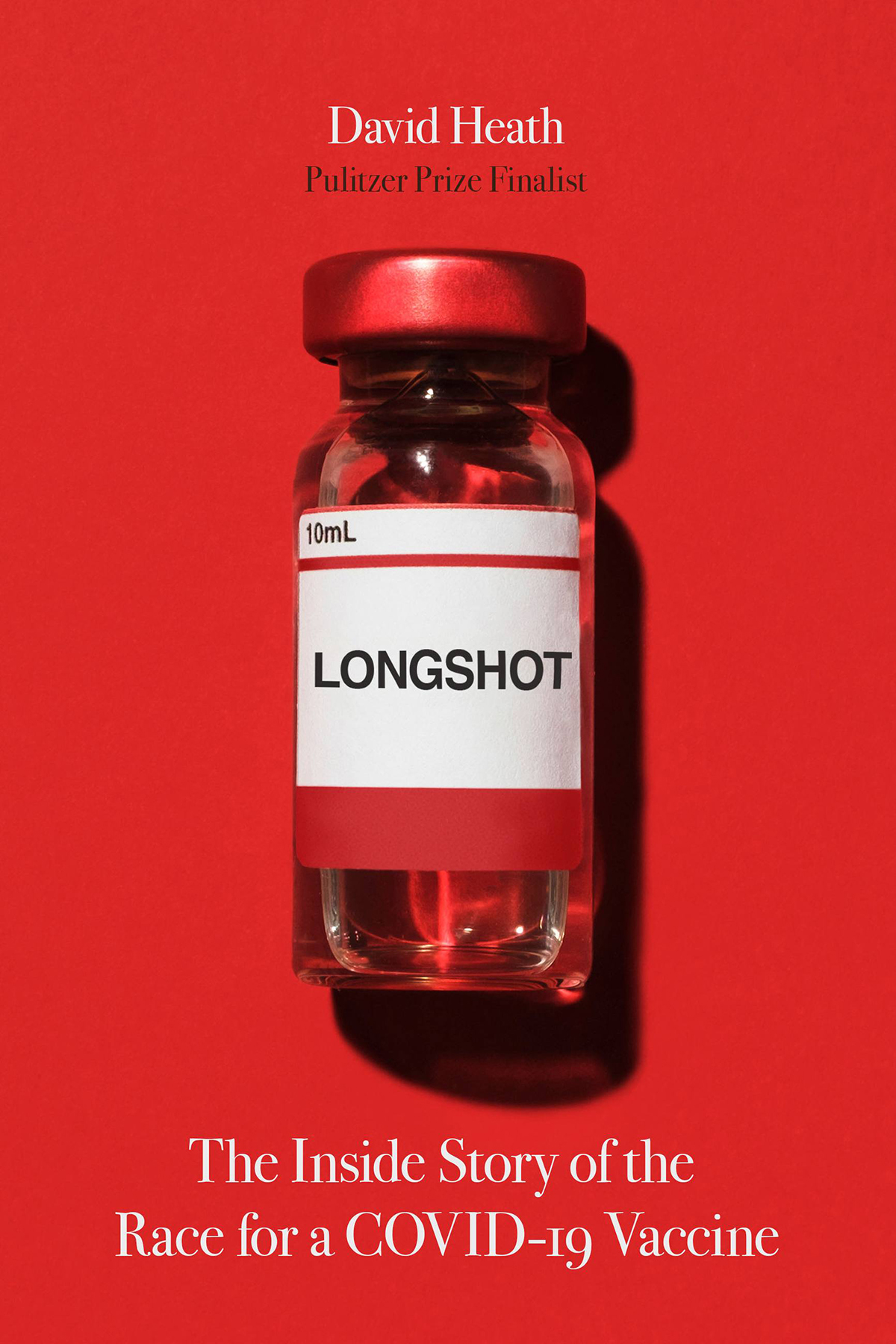
Copyright 2022 by David Heath
Cover design by Kristen Paige Andrews
Cover photograph Getty Images, Tetra Images
Cover copyright 2022 by Hachette Book Group, Inc.
Hachette Book Group supports the right to free expression and the value of copyright. The purpose of copyright is to encourage writers and artists to produce the creative works that enrich our culture.
The scanning, uploading, and distribution of this book without permission is a theft of the authors intellectual property. If you would like permission to use material from the book (other than for review purposes), please contact permissions@hbgusa.com. Thank you for your support of the authors rights.
Center Street
Hachette Book Group
1290 Avenue of the Americas, New York, NY 10104
centerstreet.com
twitter.com/CenterStreet
F IRST E DITION : J ANUARY 2022
Center Street is a division of Hachette Book Group, Inc.
The Center Street name and logo are trademarks of Hachette Book Group, Inc.
The publisher is not responsible for websites (or their content) that are not owned by the publisher.
The Hachette Speakers Bureau provides a wide range of authors for speaking events. To find out more, go to www.hachettespeakersbureau.com or call (866) 376-6591.
Library of Congress Control Number: 2021948602
ISBNs: 9781546000907 (Hardcover); 9781549164682 (Audiobook); 9781546000921 (E-Book)
E3-20211130-JV-NF-ORI
For Peter J. Connelly, who taught me to love writing.
The COVID-19 vaccine is one of the greatest achievements in modern medicine. For the first time in history, we created vaccines quick enough to tame a pandemic. The speed with which they were developed was, by historical standards, unparalleled. The polio vaccine, which has nearly eradicated a crippling disease that even afflicted a US president, was 50 years in the making. Despite herculean efforts over four decades, the creation of an effective HIV vaccine still eludes some of the most brilliant minds in medical research. Yet just days after China disclosed the true nature of a mysterious outbreak in Wuhan, Anthony Fauci, director of the National Institute of Allergy and Infectious Diseases, predicted in what was left of his childhood Brooklyn accent that we would have a COVID-19 vaccine in just 12 to 18 months.
Some of his peers considered the prediction a longshot. When Dr. Fauci said 12 to 18 months, I thought that was ridiculously optimistic and Im sure he did too, Paul Offit, one of the nations premier vaccine experts, told CNN at the time. Merck CEO Kenneth C. Frazier, who tried in vain to make its own vaccine, said in July 2020, I think when people tell the public that theres going to be a vaccine by the end of 2020, for example, I think they do a grave disservice to the public.
And yet, to everyones surprise, Faucis prediction turned out to be conservative. It took exactly 338 days from the time the virus was identified to the day Sandra Lindsay, an ICU nurse at Long Island Jewish Medical Center, became the first American to get the shot outside of a clinical trial. Those desperate to be immunized scrambled for scarce appointments for the first few months. Yet, over time, an astounding number of people chose not to get vaccinated despite the grave risks the virus poses. By October 2021, only 57% of the population had been fully vaccinated, and the fiercely contagious Delta variant brought back the pandemic with a vengeance. While the unprecedented speed of development was a miracle for many, for others, it was a cause for suspicion. People from all walks of life, even health-care workers, began asking aloud how the vaccines could have been made so quickly? Had corners been cut?
The truth is the science behind the vaccines had been in the works for at least 15 to 20 years. Both the Moderna and Pfizers mRNA vaccines relied on a breakthrough that was published by scientists at the University of Pennsylvania in 2005. Work on a coronavirus vaccine really began in 2013 with the outbreak of a different novel coronavirus: Middle East respiratory syndromeMERS, for short. In fact, the COVID-19 vaccines stem from a scientific article published in August 2017
For those inclined to believe conspiracies, this may seem suspicious. No, the scientists did not have advanced knowledge of SARS-CoV-2. The vaccine that we rolled up our sleeves for was essentially a MERS vaccine that had been designed in animal studies years earlier. It just needed to be tweaked. Indeed, had the virus made the fateful leap from bats to humans 10 years earlieror even just fivescience would not have been ready. The vaccines could not have been developed seemingly at the speed of light. The shutdown, as awful as it was, would have gone on monthsif not yearslonger. Millions of additional lives would have been lost. New variants pose a real risk, and the Delta variant brought back masks and social distancing. But the vaccines have so far remained remarkably effective. The hope is that booster shots will guard us against future variants. Supply remains a problem in the developing world. But in the United States in particular, the real problem is not the vaccine; it is peoples refusal to get vaccinated.
Much of the reporting on the vaccines has been focused on the achievements of Operation Warp Speed or the vaccine makers themselves. Their contributions were enormous, especially in compressing the timeline of development and paying up front for vaccines that might not work. However, the truth is that the politicians and the drug companies could not have made these vaccines so rapidly had it not been for a small group of scientists who made the right decisions at the right time and may ultimately save the world from an even more devastating pandemic. Their stories are ones of incredible foresight as well as incredible luck. Their breakthroughs had quietly revolutionized vaccine science, and yet hardly anyone realized it or even frankly cared about it at the time. Even the scientific community was largely unimpressed as it was happening. Prestigious scientific journals rejected some of the key articles that would ultimately make the vaccines possible. This book will tell the stories of those scientists rather than the vaccine makers, with one exception. Moderna was chosen by government scientists to be the platform for the first COVID-19 vaccine because it offered such a speedy way of making vaccines. The company had been working closely for years with the National Institutes of Health on a coronavirus vaccine. So its story is integral to the story of the science behind the vaccines.
One man in particular, Barney Graham at the National Institutes of Health, pulled all the threads together. He is the Jonas Salk of COVID-19 vaccines. His research into a coronavirus vaccine started nearly seven years before this new strain would appear in Wuhan, China. His main motive for studying coronaviruses was less to save the world and more to explore the unknown. We knew so little about that type of virus, and that made the research more exciting, more likely to break new ground. But in addition to the potential for personal recognition, Graham also understood that it was just a matter of time before we would see a new strain of coronavirus. There had been two novel strains of coronavirus in just a decade, and both of thoseSARS and MERSwere frighteningly deadly. Fortunately, neither was terribly contagious. Given that there are thousands of additional strains in bats, it was a matter of whennot ifthere would be another leap from animals to humans. If a new strain appeared that was highly contagious, it could prove devastating. It was critical to be prepared for the next one.


